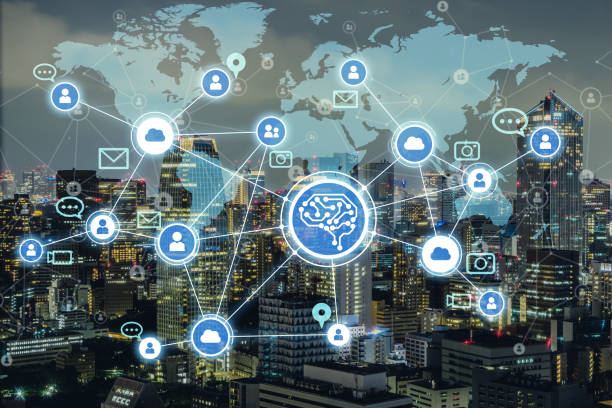In the contemporary globalized society, social media has turned into the town hall in terms of political discussions, activism, and social transformation. Social networks, such as Twitter are a mirror image of the people’s mood in real time – a space where opinions are shaped, expressed and increased. This renders twitter surveillance not only a digital marketing resource, but also a strategic resource to comprehend and impact political and social discourse.
Whether it is elections and protests, social justice movements, or merely social media listening, real-time social media insights can assist organizations, activists, and policymakers in tracking trends, sentiment, and making decisions grounded on data. The open data ecosystem and time speedy communication model of Twitter makes it a strong tool as a media monitoring tool in real-time.
Twitter as a Finger on the Pulse.
The twitter posts which are short and fast moving offer an environment in which a political debate can develop in a matter of minutes. With the help of social listening and real-time tracking, the analysts are able to record the changes in opinion by the people during the most crucial moments, i.e. when a politician is about to speak, new policy is announced, or the social situation is being disrupted.
An example of this is the media tracking in real-time where political strategists can gauge the reaction of the voters to the message, slogans or appearance of the candidate during an election period. They are able to determine emerging issues and monitor hashtags and determine whether sentiment surrounding a policy is positive, negative or neutral. This gives it an indispensable edge in modifying campaign tactics in real time.
The importance of Real-Time Media Surveillance in Activism
Social movements such as the hashtag BlackLivesMatter or the MeToo movement have shown the strength of Twitter to influence the world in terms of awareness. In the background, real-time media surveillance systems enable movement organizers to know the extent of their messaging, who is influential, and who is changing in terms of their interest in the action.
Monitoring trending hashtags and retweet networks, activists are able to identify what messages are most effective with the audience. This evidence-based understanding will enable them to better advocate on the matters that will advance their mission and allocate resources to address the areas of meaningful communication.
In addition, real-time media monitoring allows the activists to remain vigilant to the misinformation or backlash and respond promptly to prevent damage to the integrity of their cause.
Political campaign Data-Driven Decision Making
The analytics of modern political campaigns is important and Twitter monitoring has become very crucial in the formulation of the strategies. Social media listening tools allow campaign teams to assess how the conversation about their candidates or opponents is going.
Examples of this can be having a negative sentiment peak due to a certain policy announcement and in this case, real-time monitoring enables teams to assess the reason and correct the messaging before the situation can get out of control. Similarly, monitoring keywords and hashtags will show what voters are concerned with so the campaigns can target their campaigns to meet voter needs.
Media tracking in real-time does not only enhance communication strategies, but also enhances transparency and responsiveness -source of attributes that can influence the undecided voters.
Detection and narrative management of crisis
Political and social organizations usually have unstable conditions, where stories may change overnight. Under these circumstances, media monitoring in real time is a kind of early warning system. By monitoring mentions spikes or sentiment shifts, teams will be capable of detecting emergent crises.
As an example, in the case of misinformation becoming viral, social listening systems will notify communication teams, and they will be able to provide clarifications or have a direct interaction with the audience. The fact that it is possible to react immediately can be the force that will either allow one to control a story or lose popular support.
Giving a voice to Transparency and Public Discussion.
The openness of Twitter implies accountability and transparency – the concepts that are paramount to politics and activism alike. The real-time monitoring allows governments and NGOs to monitor the reception of policy or announcements and promotes two-way communication with the citizens.
Twitter provides a decentralized space through which citizens can air their views in countries where the traditional media is highly regulated. Listening tools are available on social media and enable analysts to get to hear the real, untampered thoughts and emotions of the people and can help in filling the gap between the institution and the people.
Conclusion: The New Power of Listening
There is a digital age and power lies with good listeners. Political and social leaders have a clear advantage due to the possibility to interpret real-time information, sentiment measurements, and communication modification based on social listening.
Twitter monitoring is not only about following the mentions but also about reading between the emotional lines of the society. With political campaigns, NGOs, and other activists still struggling with tricky social environments, real-time monitoring of the media will continue to feature in the creation of better, more responsive, and more open movements.
Twitter monitoring can change the brief interactions on the web into eternal effect – altering the future of political discussion and social transformations.
